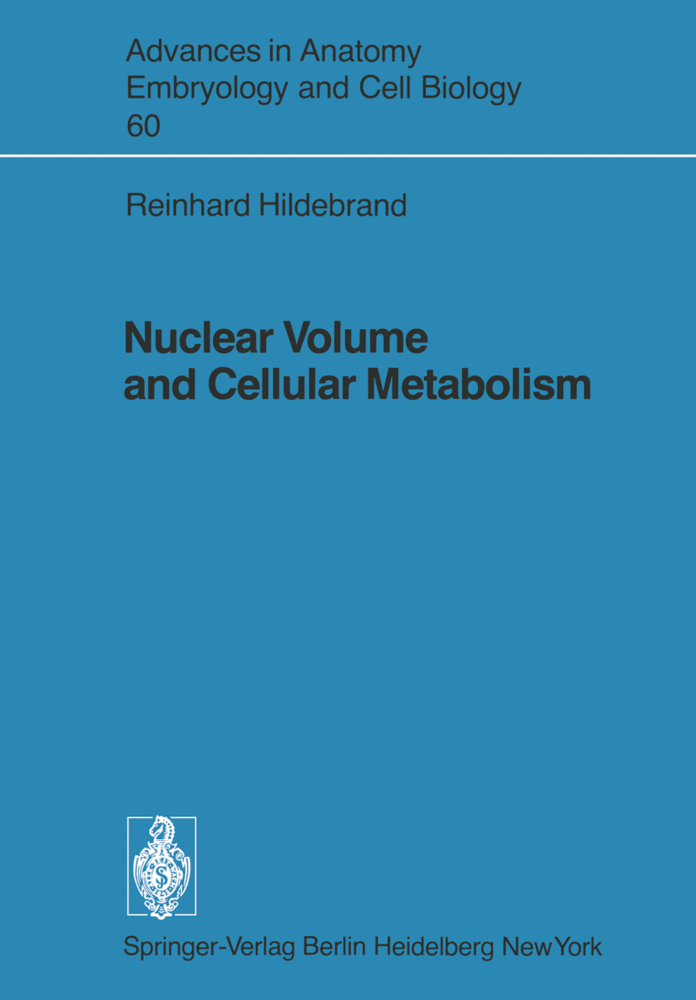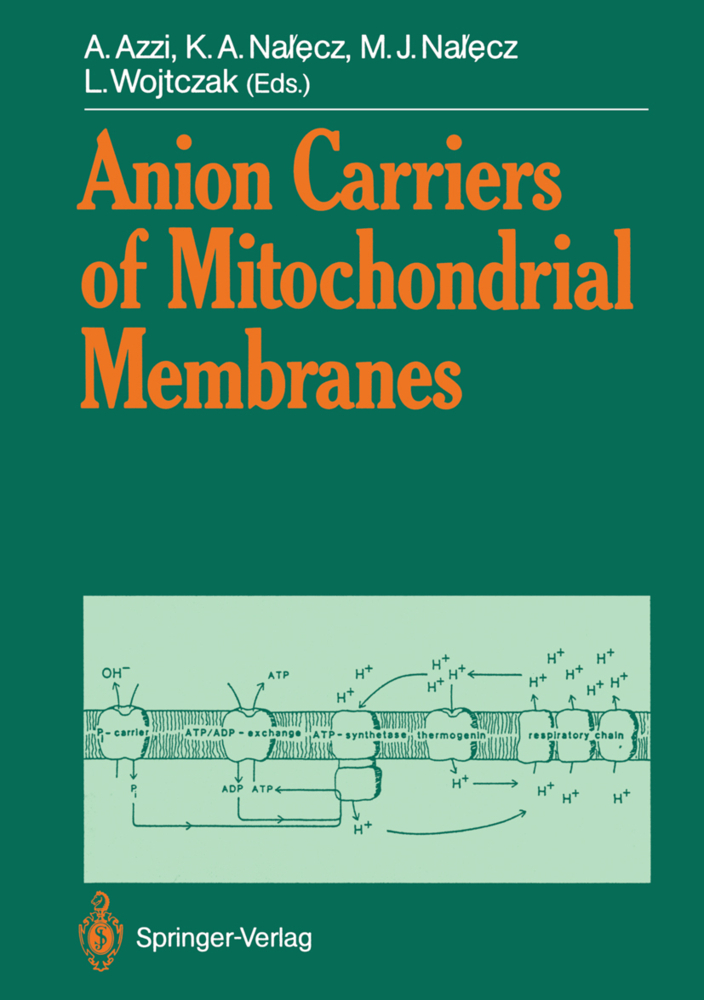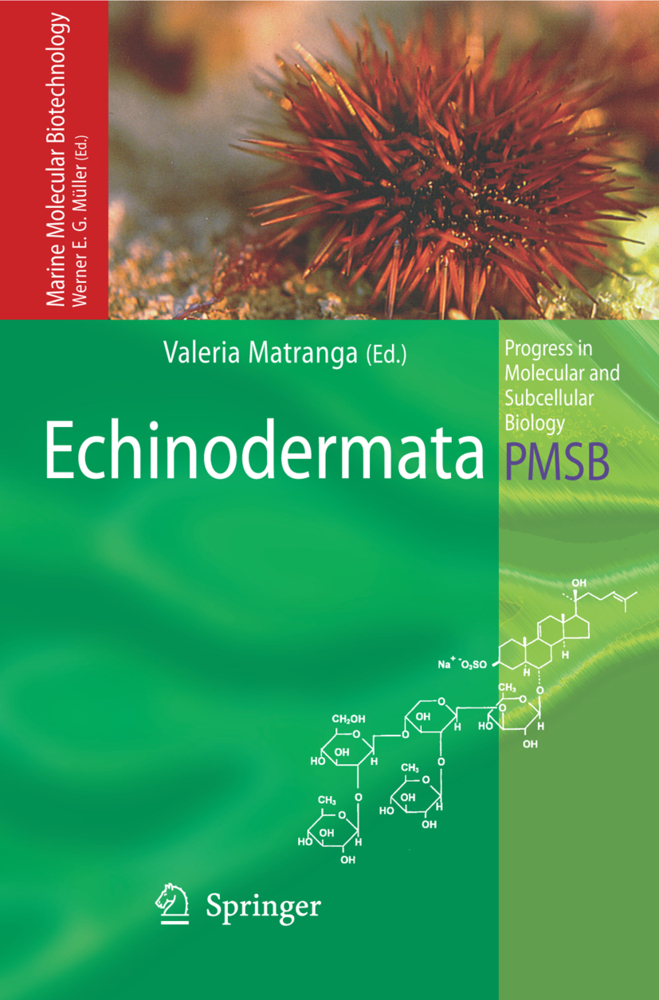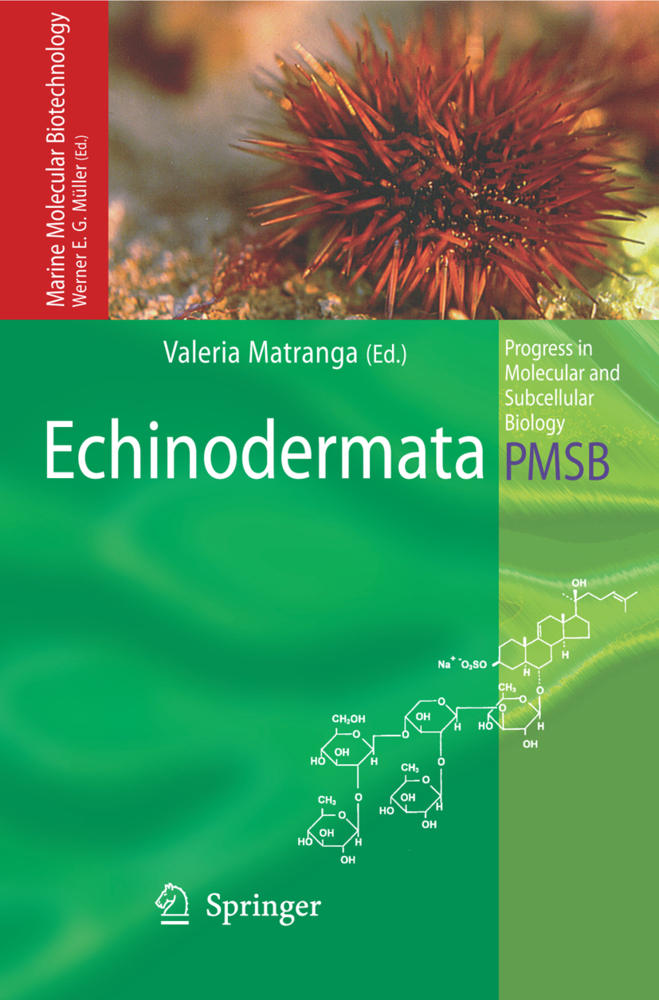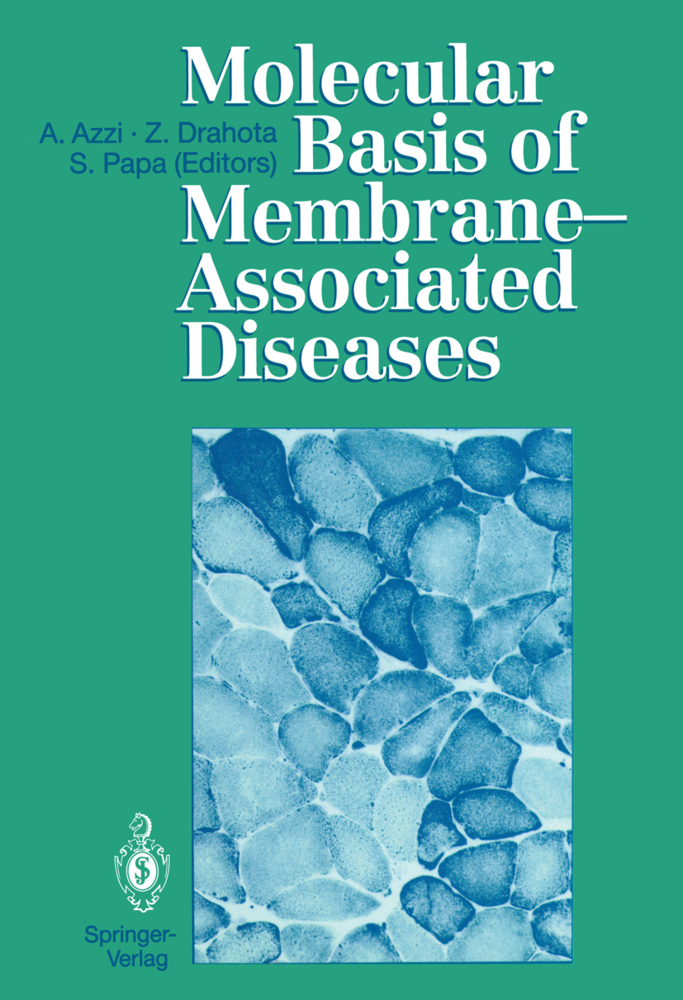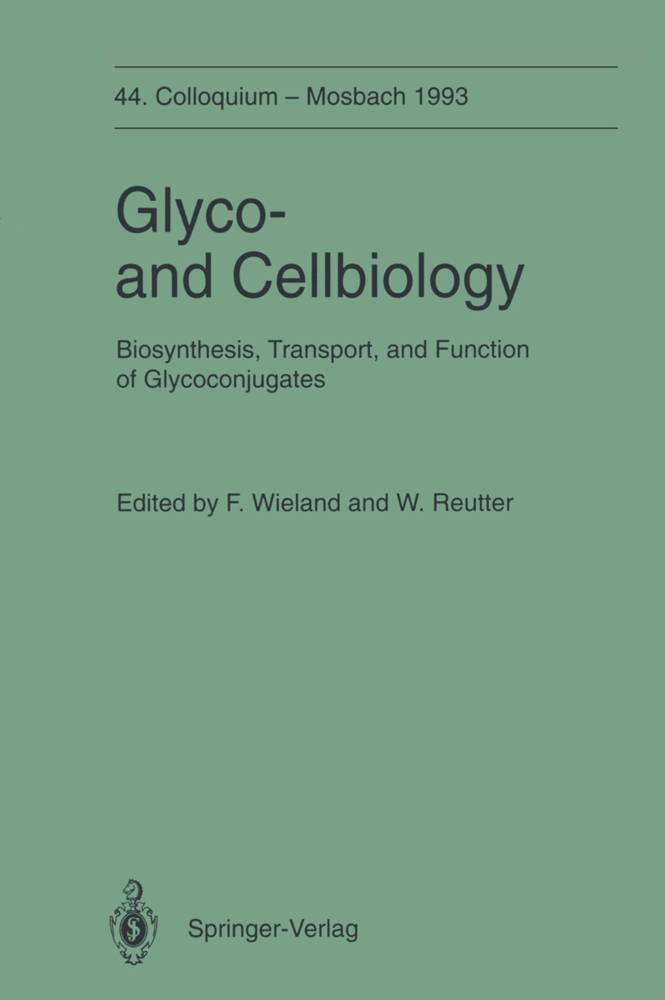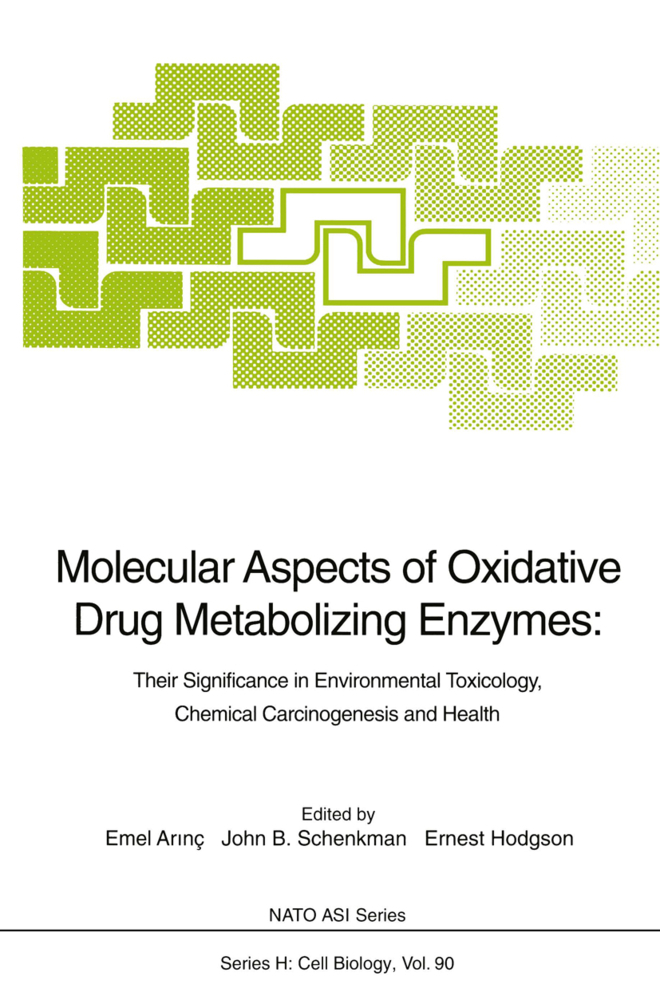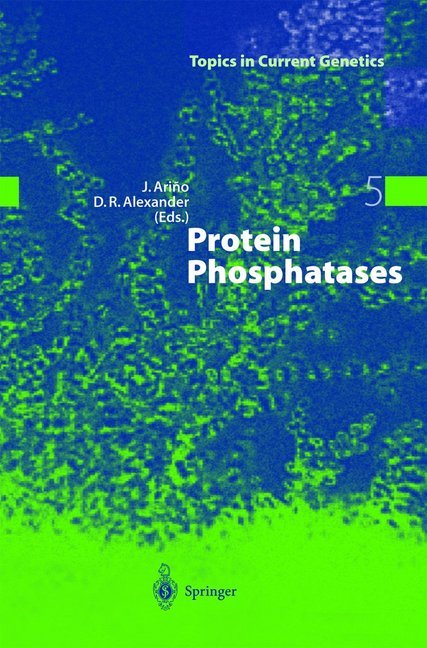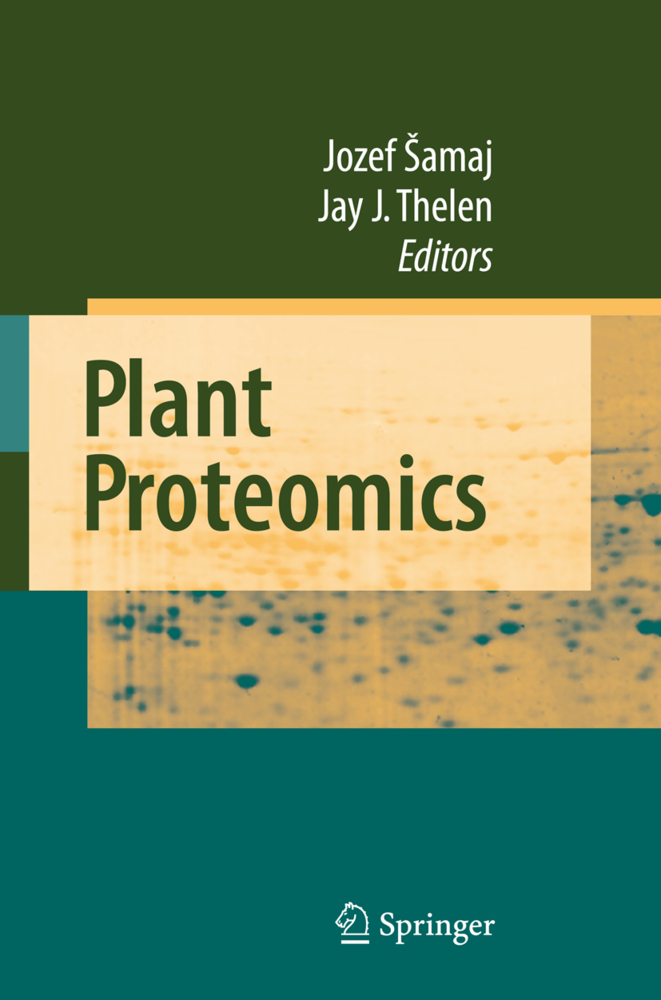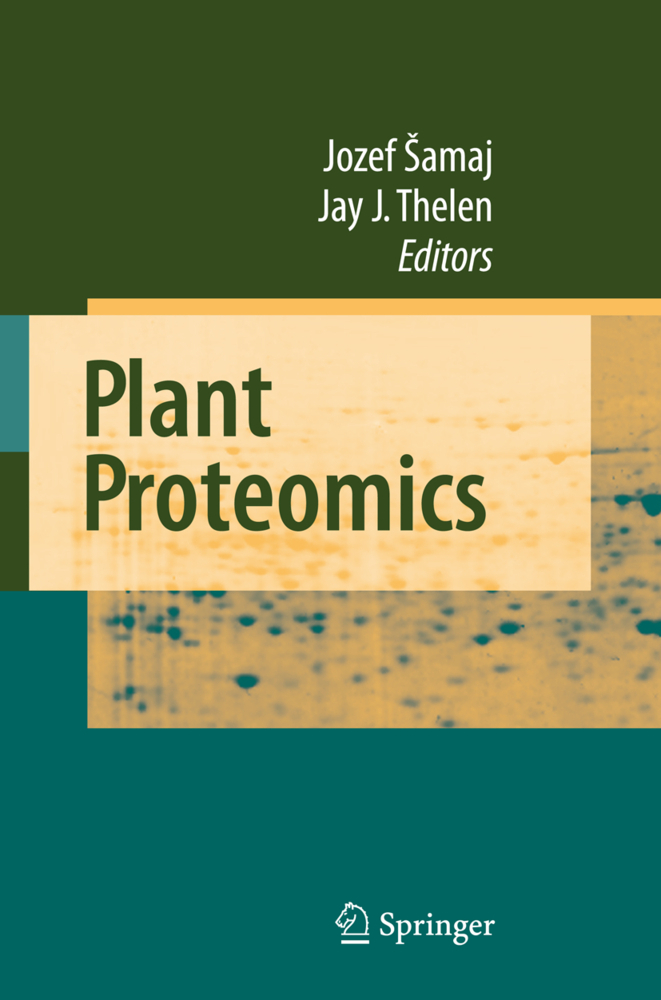Nuclear Volume and Cellular Metabolism
Nuclear Volume and Cellular Metabolism
The application of morphometric techniques in biology and the development ofbioche mical methods for cytological-histological research have deepened substantially our knowledge and understanding of the structure, dynamics, and function of morphologi cal structures, thereby improving upon a purely descriptive presentation. Thus the limits between the individual disciplines in basic research have become blurred. With the development of suitable methods of measuring the size of nuclear volu mes, it has become possible to obtain data regarding the variable state and nucleo kinetic processes in the "genetic center of control" of the cell (Siebert 1967), and to evaluate these data statistically so as to make them verifiable. With the formulation of the "basic law of karyometry" by Palkovits and Fischer (1968), in a dynamic approach to "genetic" and "functional trends" in karyometry, i. e. , an attempt to relate nuclear volume changes exclusively to the size and number of chromosomes, and, on the other hand, to comprehend these changes as an expression of functional changes, successfully connected with one another and interpreted bio logically. The early function-oriented observation that a swelling of the nuclear volume is an expression of an increase in cellular function, while a decrease in the volume is an indication of a lowering of activity, provided a preliminary basis for estimating nu clear size as a statement about the functional state of a tissue or organ.
2.1 Animals
2.2 Experimental Groups and Diets
2.3 Experimental Procedure
2.4 Animal Preparation and Tissue Sampling
2.5 Preparation of Liver Tissue for the Quantitative Histochemical Investigation
2.6 Preparation of Liver Tissue for Karyometry
2.7 Statistical Evaluation
3 Structure of the Liver
4 Results
4.1 Body Weight
4.2 Food Intake
4.3 Quantitative Histochemical Results
4.4 Quantitative Morphological Results (Karyometry)
4.5 Qualitative Morphological Assessment of the Cellular Aspect
5 Discussion
5.1 Exposition
5.2 The Metabolic Situation
5.3 Quantitative Histochemistry of the Liver Acinus
5.4 Karyometry
5.5 Synopsis and Conclusion
5.6 Concluding Remarks
6 Summary
References.
1 Introduction
2 Material and Methods2.1 Animals
2.2 Experimental Groups and Diets
2.3 Experimental Procedure
2.4 Animal Preparation and Tissue Sampling
2.5 Preparation of Liver Tissue for the Quantitative Histochemical Investigation
2.6 Preparation of Liver Tissue for Karyometry
2.7 Statistical Evaluation
3 Structure of the Liver
4 Results
4.1 Body Weight
4.2 Food Intake
4.3 Quantitative Histochemical Results
4.4 Quantitative Morphological Results (Karyometry)
4.5 Qualitative Morphological Assessment of the Cellular Aspect
5 Discussion
5.1 Exposition
5.2 The Metabolic Situation
5.3 Quantitative Histochemistry of the Liver Acinus
5.4 Karyometry
5.5 Synopsis and Conclusion
5.6 Concluding Remarks
6 Summary
References.
Hildebrand, R.
| ISBN | 978-3-540-09796-9 |
|---|---|
| Article number | 9783540097969 |
| Media type | Book |
| Copyright year | 1980 |
| Publisher | Springer, Berlin |
| Length | VIII, 56 pages |
| Illustrations | VIII, 56 p. 1 illus. |
| Language | English |

